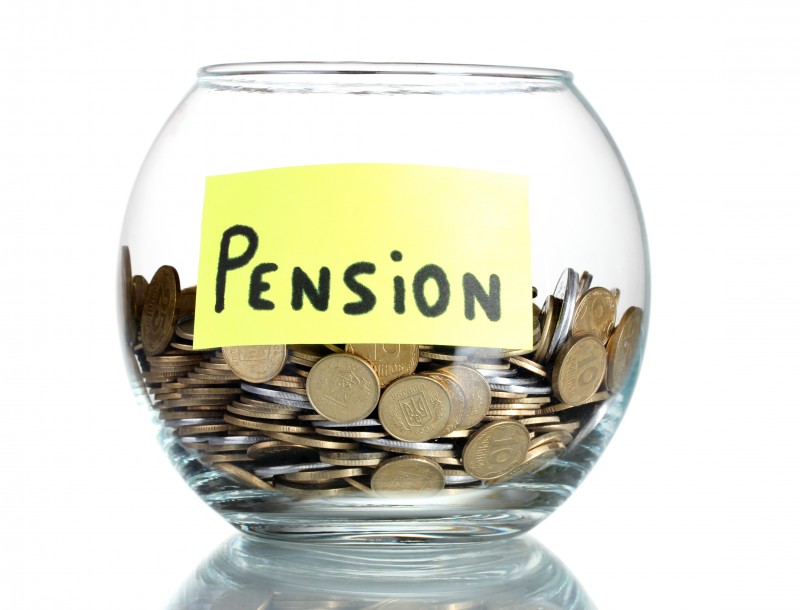An increasing number of people are putting money towards their pension — which is good news. Data from True Potential Investor shows that the proportion of people contributing nothing into pension pots dropped from 39% in Q2 2016 to 35% in Q3. It’s clear young people’s attitudes are changing too; Q3 2016 saw the number of 24-34 year olds making no pension contributions falling to 19% — down from 26% in the previous quarter.
Research from personal pension specialist, True Potential Investor, has found that on average, we’ll need £23,000 per year to live comfortably in retirement. Despite these figures, UK people are on course to receive just £6,000 per year from their retirement fund.
So, while we’re aware of the importance of setting money aside for retirement, do we really understand our options? You’ll need it to sustain you for up to 30 years or more, so it’s important to make the right choices now. Consider the following when determining how much you’ll need for your retirement:
Your outgoings
Outgoings are usually lower once you’re retired. This is because many people will have significantly reduced or paid off their mortgage, have grown-up children who no longer require their support and will no longer need to consider the expense of commuting.
Your State Pension
You can use your State Pension as a nice “top up” on top of the retirement pot you’ve accumulated. Under the new flat-rate State Pension scheme for those retiring post April 2016, you’ll receive up to £7,582 per year (up to £151 per week). This means you may not have to set aside as much as you originally thought.
You must reach the government’s age threshold before you can access your state pension. GOV.UK has this handy checker that you can use.
Pensions by type
Below is a brief overview of the different pension types and their associated benefits:
Auto-enrolment
Workplace pensions are always organised by your employer. You’ll pay a portion of your wages each month into the pension pot, with your employer and the government also contributing.
The minimum you must contribute at present is 2% of your earnings, which breaks down as 0.8% from you, 1% from your employer and 0.2% as tax relief. This will increase from April 2018 to 5% of your earnings (2.4% from you, 2% from your employer and 0.6% as tax relief). From April 2019, this will increase again to 8% of your earnings (4% from you, 3% from your employer and 1% as tax relief).
For automatic enrolment, you must meet the following criteria: be over 22, under the State Pension age and earn over £8,105 a year. Those who earn less, are under 22 or work on a part-time basis can opt in too, while you can also choose to opt out. By 2018, all employers must offer auto-enrolment to a workplace pension scheme or access to an equivalent scheme such as a group personal pension.
Benefits of auto-enrolment
- Auto-enrolment makes it easy to join a workplace pension scheme.
- You can invest with the aim of increasing your overall fund.
- You’ll receive contributions from your employer and enjoy tax relief from the government.
Personal pension
On the other hand, a personal pension is a pension pot where you can make a contribution as and when you want. What you do contribute is then invested with the aim of growing the fund over time before you retire. You can decide where and how the money is invested.
£40,000 is the upper investment limit for a single year, dependant on your yearly earnings. The current age to withdraw your funds is 55 years. When you retire, you can use the amount to purchase an annuity, which is a regular monthly payment that’s paid until you die, or take an income from this by using Drawdown.
Retirees can take out up to 25% of their pension pot without paying tax. This can be in one lump sum or multiple smaller withdrawals.
Benefits of personal pensions
- You’ll receive tax relief on your personal pension contribution.
- You can invest with the aim of increasing your overall fund.
- They’re useful for self-employed people, who don’t have access to a workplace pension.
With investing, your capital is at risk. Investments can fluctuate in value and you may get back less than you invest. Tax rules can change at any time.
Sources:
http://www.thisismoney.co.uk/money/pensions/article-3326892/The-pension-pot-map-UK-revealed.html
http://www.thisismoney.co.uk/money/howmoneyworks/article-3177112/How-money-need-save-pension.html
https://www.moneyadviceservice.org.uk/en/articles/automatic-enrolment-into-a-workplace-pension
http://www.bbc.co.uk/news/business-19589265
https://www.moneyadviceservice.org.uk/en/articles/the-benefits-of-automatic-enrolment
